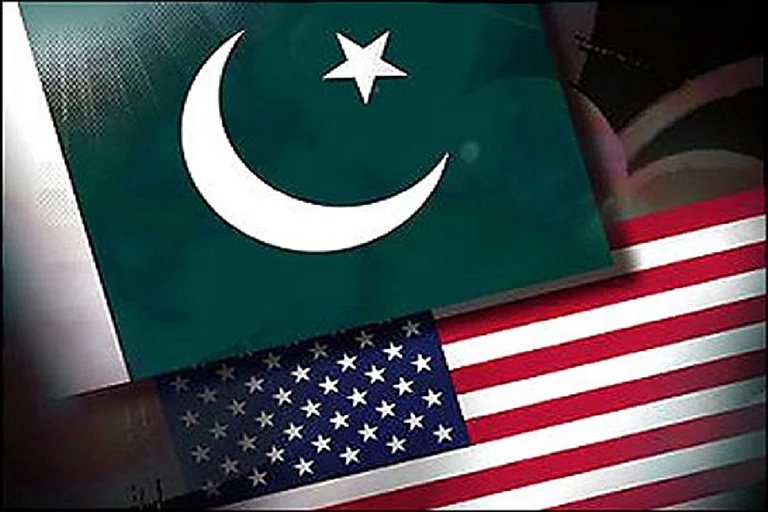For students studying in the US, the variety of available student loans can be confusing. Determining the most suitable option can be challenging. Questions may arise about the functioning of repayment plans and the abundance of choices. However, there's no need to become overwhelmed. Here is a clear and concise overview that covers all the essential information regarding types of US student loans.
Different types of student loans
The two main types of student loans are- Federal student loans and private student loans. While private student loans come from businesses like banks or financial organizations, federal student loans are offered by the government.
Federal student loans
The largest source of student financial aid in the United States, federal student loans are administered by the US Department of Education and are used by more than 13 million students each year.
The four different types of federal student loans are direct subsidized loans, direct unsubsidized loans, direct PLUS loans, and direct consolidation loans.
Direct subsidized loans
Undergraduate students with a proven financial need are the only ones who can qualify for direct subsidized loans.
Direct unsubsidized loan
Both undergraduate and graduate students are eligible for direct unsubsidized loans. Whenever a school obtains a direct unsubsidized loan, students start paying interest right away. However, six months after graduating, students must start repaying their loans.
Direct PLUS Loans
Graduate or professional students, as well as the parents of dependent undergraduate students, are eligible for Direct PLUS Loans. The capacity of these loans to help with educational costs that may not be covered by other types of financial aid, such as housing costs, distinguishes them from other federal loans.
Direct Consolidation Loans
By combining all student loans into one account, a direct consolidation loan makes managing them easier and gives access to government relief programmes for debt caused by the coronavirus.
Private student loans
Compared to federal student loans, private student loans often have far higher fees and frequently have much higher interest rates. These loans are provided by lenders that are free to set their own interest rates and terms of repayment because of their independence from the government. As a result, these conditions may change based on the particular private student loan source.


























